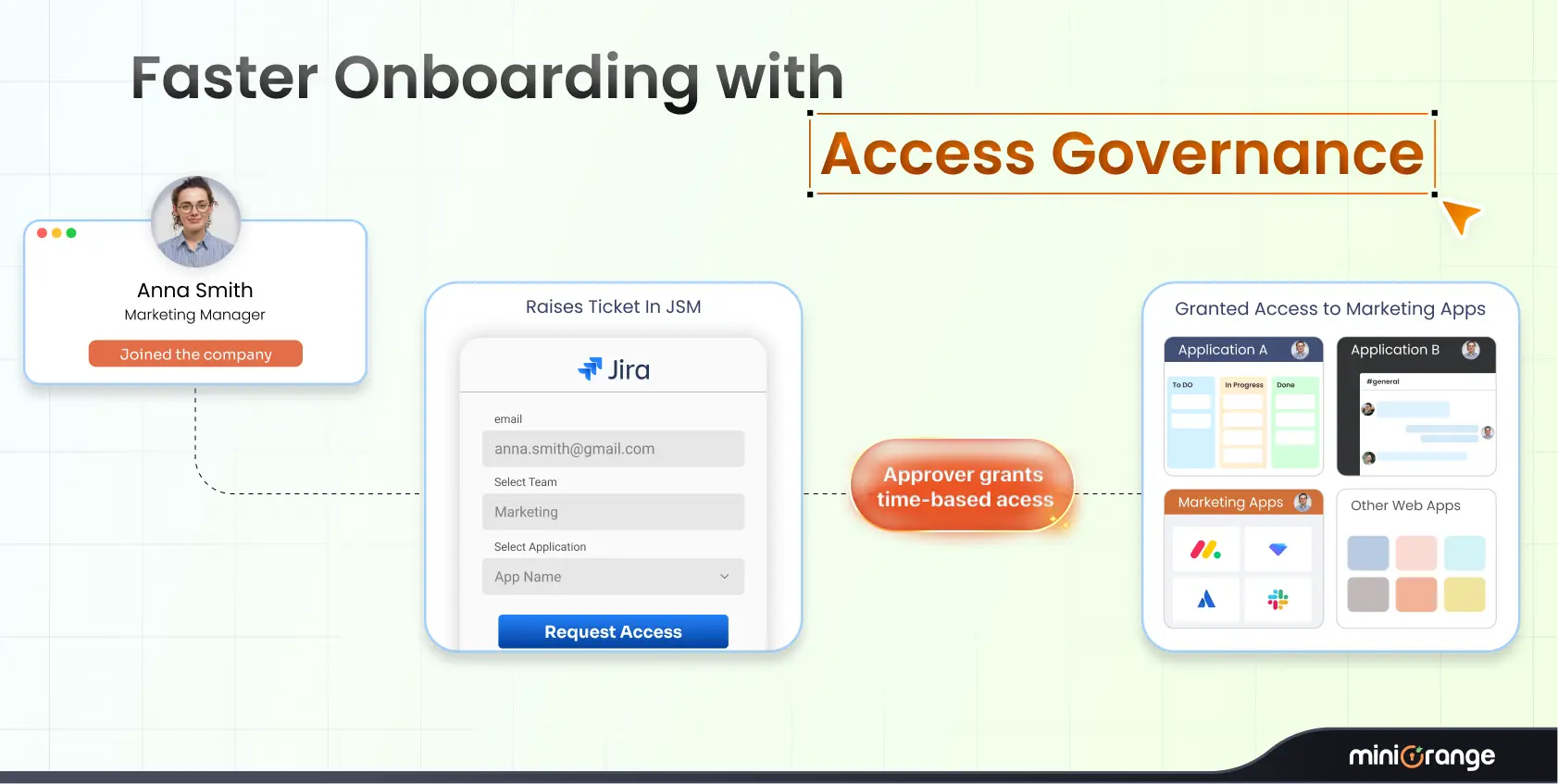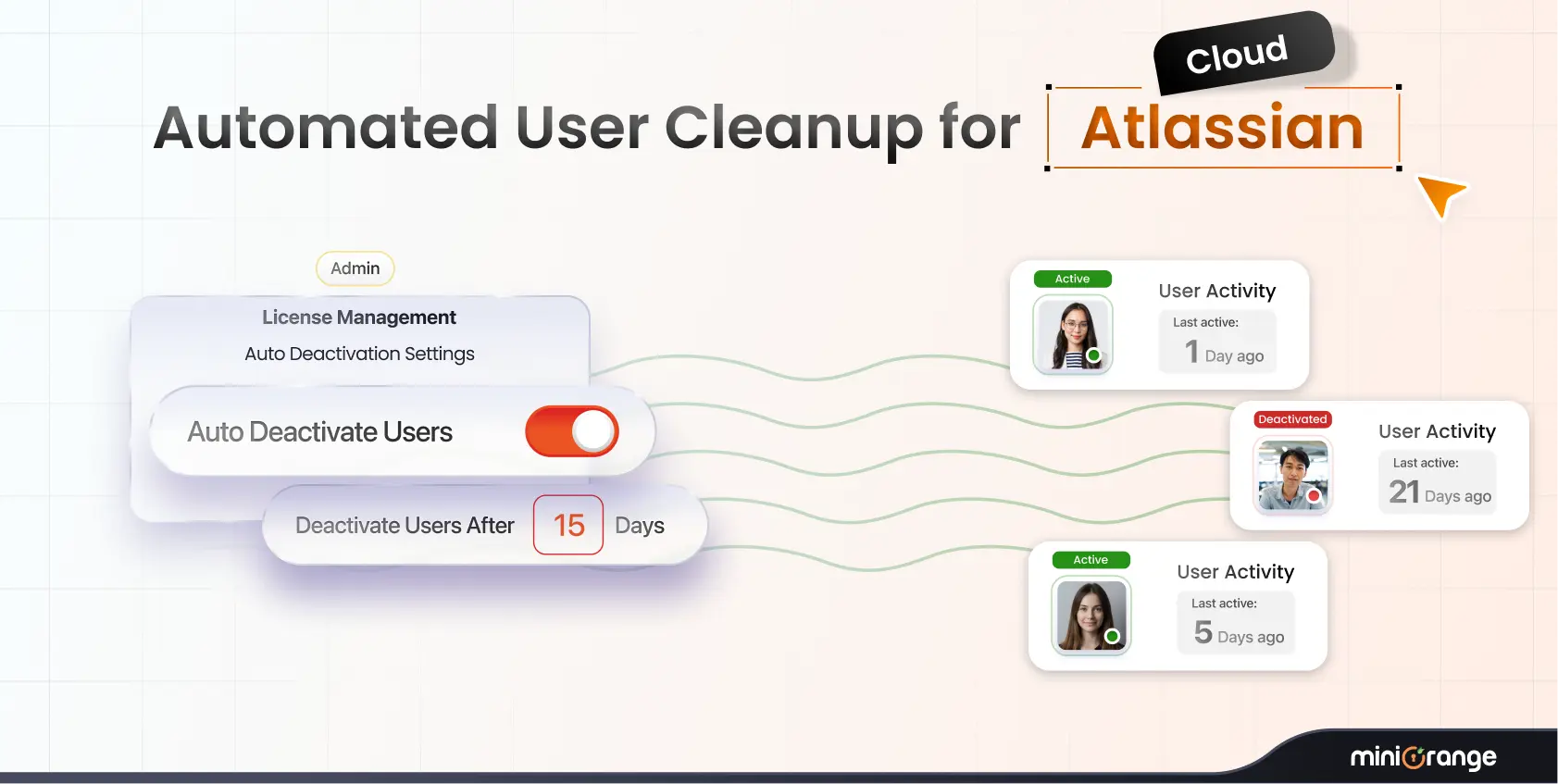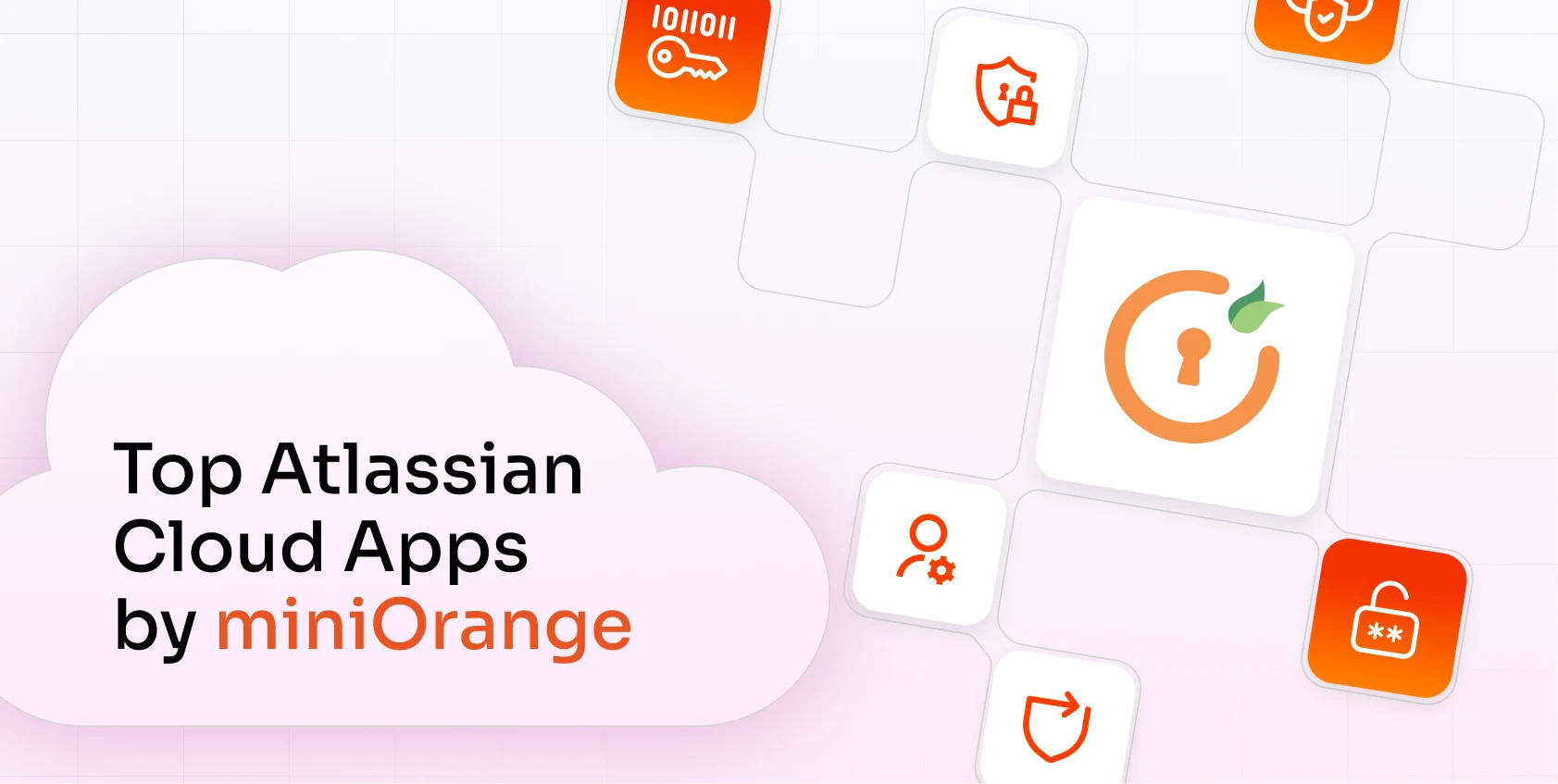With threats such as phishing, brute force attacks, and password cracks on the rise, organizations must implement robust cybersecurity tools to protect sensitive data. Two-Factor Authentication (2FA) has become a cornerstone of modern cybersecurity management, especially as companies transition to digital platforms for banking, project management, and communications.
Enterprises using Atlassian applications like Jira, Confluence, and Bitbucket must take a proactive stance in securing access. This is where miniOrange 2FA steps in, delivering a user-friendly and secure authentication system to prevent brute force attacks, ensure account protection, and support compliance with cybersecurity law.
What is 2-Factor Authentication (2FA)?
Two-Factor Authentication (2FA) is a cybersecurity solution that requires users to verify their identity through two distinct factors: something they know (e.g., a password) and something they have (e.g., a one-time password or OTP via SMS). This method drastically reduces the risk of unauthorized access, even if login credentials are compromised.
As the cybersecurity ecosystem expands and cybercrime becomes more sophisticated, organizations are expected to adopt multi-layered defenses. 2FA is no longer a “nice-to-have”, it's a mandatory practice across industries including healthcare, finance, software development, and government sectors.
Various methods are employed in 2FA solutions today:
- TOTP via mobile apps like Google Authenticator or Microsoft Authenticator
- Email OTP or SMS OTP
- Yubikey hardware tokens
- Biometric authentication such as facial or fingerprint recognition
With miniOrange 2FA for Atlassian, users get access to all these methods and more, helping them meet compliance mandates and reduce the risk of identity theft.
Primary Factors Involved in 2FA
Two-Factor Authentication relies on combining two distinct categories of verification factors from three fundamental types:
- Knowledge Factors (Something You Know) This category includes information that only the authorized user should know, such as:
- Passwords or passphrases
- Personal identification numbers (PINs)
- Answers to security questions
While these remain the most common authentication method, they represent the weakest link in security due to vulnerabilities like phishing, brute force attacks, and password reuse across multiple accounts.
- Possession Factors (Something You Have) These require physical access to a specific item owned by the user:
- Mobile devices receiving SMS or app-based codes
- Hardware tokens (e.g., YubiKey, RSA SecurID)
- Smart cards with embedded chips
- Software tokens generating time-based OTPs
Possession factors significantly enhance security by introducing a physical element that attackers typically cannot easily compromise remotely.
- Inherence Factors (Something You Are) This advanced category utilizes unique biological characteristics: Fingerprint recognition Facial or iris scanning Voice recognition Behavioral biometrics (typing patterns, device handling)
Biometric factors offer strong security but require specialized hardware and raise privacy considerations regarding data storage and potential spoofing.
The security strength of 2FA increases when combining factors from different categories rather than using two factors from the same category (e.g., password + security question). Modern implementations often allow organizations to configure which factor combinations to require based on risk assessments.
Authentication Methods of 2FA
Various 2FA implementations exist, each with distinct security characteristics and practical considerations:
- SMS-Based Verification SMS-based verification works by sending a one-time passcode (OTP) to the user’s mobile phone via text message. It’s widely accessible and doesn't require installing additional apps. However, it's vulnerable to SIM-swapping, interception, and network delays, making it more suitable for low-risk applications where ease of use matters most.
- Time-Based One-Time Password (TOTP) Apps TOTP apps like Google Authenticator, Microsoft Authenticator, and Authy generate time-synced codes that rotate every 30 seconds. They offer offline functionality and are more secure than SMS. That said, they depend on the user’s device and may face sync issues, though they are often integrated with enterprise SSO systems for added control.
- Push Notification Authentication In this method, a login attempt triggers a push notification to the user’s registered mobile device for approval. It offers a smooth experience and includes contextual data like device or location. However, it requires an active internet connection on the device and is best used where user interaction can be guaranteed.
- Hardware Token Authentication Devices like YubiKey, Feitian, or SoloKey provide secure authentication using FIDO2 or WebAuthn cryptographic standards. They are phishing-resistant and don’t rely on shared secrets. While highly secure, their adoption may be limited by upfront costs and the complexity of physical distribution.
- Biometric Verification Biometric methods include fingerprint scanning, facial recognition, iris scanning, and voice matching. These are typically used as a second factor after a password. To ensure security, liveness detection is essential to prevent spoofing. Enterprises increasingly use biometrics in mobile-first or remote work environments.
- Backup Authentication Methods Robust 2FA setups always include backup options to avoid lockouts. These can include pre-generated codes, email-based verification, or security questions for lower-risk needs. In more secure systems, administrative recovery protocols ensure access restoration when standard methods fail.
Each method presents different tradeoffs between security, usability, and deployment complexity. Organizations must evaluate their specific threat models, user populations, and technical environments when selecting appropriate 2FA methods. A layered approach that combines multiple methods based on risk level often provides optimal protection while maintaining operational efficiency.
How miniOrange 2FA Strengthens Your Atlassian Security Posture
miniOrange delivers a comprehensive, flexible 2FA solution tailored specifically for Atlassian products. Here’s how:
- Seamless Integration
- Plug‑and‑play connectors for Data Center editions
- Prebuilt policies that map directly to Jira groups, Confluence spaces, or Bitbucket repositories
- Adaptive Authentication
- Risk‑based prompts that enforce stronger factors when anomalies are detected (geolocation, device fingerprinting, time of access)
- Step‑up authentication for high‑privilege actions (administrator logins, project permission changes)
- Broadest Factor Support
- Out‑of‑the‑box support for TOTP, SMS/Email OTP, Push notifications, hardware tokens (YubiKey/FIDO2), and biometric gateways
- Self‑service enrollment portal reduces help‑desk tickets by up to 50% through JIT onboarding and recovery workflows
- Centralized Management & Auditing
- Unified dashboard for real‑time visibility across products, users, and authentication events
- Granular audit logs showing method used, location, device data, and success/failure reasons, ideal for compliance audits (GDPR, HIPAA, PCI DSS)
Why miniOrange Is Your Ideal 2FA Partner
Beyond the technology stack, miniOrange brings decades of identity expertise and enterprise‑grade support:
- Custom Rules Create group‑specific rules (“force hardware token for admin group,” “allow SMS OTP only for remote employees”) without writing code.
- Dedicated Customer Success Hands‑on implementation assistance, best‑practice risk workshops, and 24×7 support with guaranteed SLAs ensure you’re never on your own.
- Proven Track Record Trusted by Fortune‑500 organizations and large public‑sector agencies to secure billions of login attempts per year.
Conclusion
With the ever-increasing threat to cybersecurity, passwords alone simply don’t cut it. By layering in strong, adaptive two‑factor authentication across your Atlassian environment, you drastically reduce the attack surface, protecting both user accounts and mission‑critical data. miniOrange’s multi-featured 2FA app integrates seamlessly, scales to any organization size, and delivers the visibility, and support you need to stay one step ahead of adversaries.
Frequently Asked Questions
Q1: Can I enforce different 2FA methods for different user groups?
ANS: Yes. You can, for instance, assign TOTP for standard users, hardware tokens for admins, or biometric‑only for contractors, all configurable via our add-on.
Q2: What happens if a user loses their authentication device?
ANS: Users can leverage self‑service recovery through backup codes, email OTP, or security questions.
Q3: How does miniOrange integrate with existing single sign‑on (SSO) solutions?
ANS: You can plug 2FA into your existing SAML/OIDC flows or leverage our builtin SSO if you prefer an all‑in‑one IAM stack.
Q4: Is biometric authentication available out of the box?
ANS: Yes, if your devices support WebAuthn/FIDO2. We also offer API hooks for custom biometric systems and liveness detection.




Leave a Comment